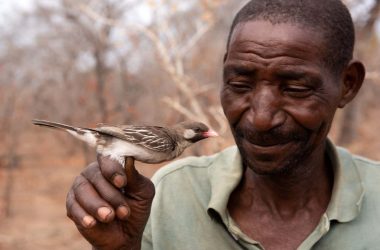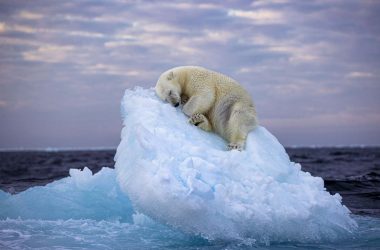Wildflowers along the California coastline
Shutterstock/kan_khampanya
In a bid to gain deeper insights into its biodiversity and safeguard it, the United States is embarking on a comprehensive assessment of its natural lands, waterways, and wildlife. This unprecedented nationwide nature evaluation aims to provide valuable information to researchers and policymakers on how to preserve habitats and species across the country.
The primary objective of this assessment, known as the National Nature Assessment, is “to take stock of nature and nature’s benefits”, according to Phil Levin, director of the project from the University of Washington in Seattle. Levin shared details about the assessment at the Ecological Society of America annual conference in Oregon on 7 August.
This endeavor represents the most extensive attempt by the country to measure and document its natural wonders, while also outlining a roadmap for their conservation. The report is expected to encompass data on various aspects of biodiversity in the US, such as the diversity of plant and animal life, and offer predictions on how these may be impacted by climate change. It will also include narratives from diverse communities, highlighting their observations on changes in their local nature and the significance of species and places in their lives.
In addition to documenting the status of US waterways, lands, and wildlife, the assessment will also assign economic, social, and cultural value to the country’s natural resources. For example, forests not only offer recreational opportunities but also aid in carbon sequestration to mitigate climate change. Coral reefs serve as protective barriers against storm surges and support fisheries.
Like the rest of the world, the United States is experiencing a rapid decline in plant and animal species. Scientists have dubbed this phenomenon a biodiversity crisis, with global vertebrate abundance dropping by 68 percent since 1970.
While many scientists are acutely aware of this biodiversity crisis, it has not garnered significant attention from the rest of the world. Jane Lubchenco, the deputy director for climate and environment at the US White House Office of Science and Technology Policy, acknowledges this disparity.
The report is currently in the early stages of development and is expected to be published in 2026, following a process outlined in the draft prospectus.
In part, this initiative draws inspiration from the United States’ National Climate Assessment, which provides a summary of the current and future impacts of climate change on the country. However, unlike the climate assessment, the forthcoming nature assessment will not mandate policy changes. Rather, it aims to inform policymakers without dictating specific actions, as explained by Levin.
Topics:








